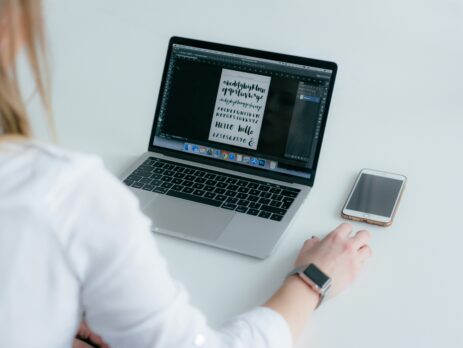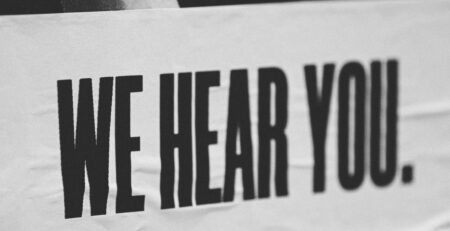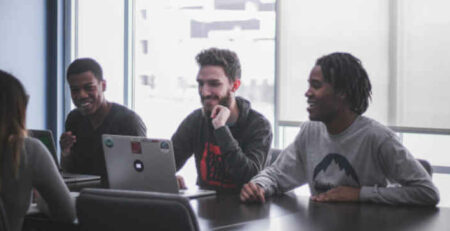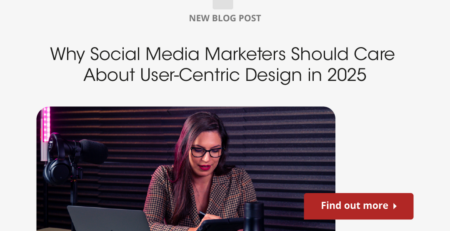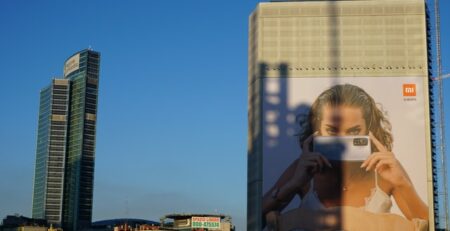Land Your Dream Gig: Mastering the Art of Crafting a Killer Creative Resume
In today’s competitive job market, having a standout resume is more crucial than ever, especially for creative professionals. Crafting a killer creative resume can be the key to unlocking doors in industries that value innovation and creativity. This guide will explore the nuances of creating a resume that not only highlights your skills but also captivates the attention of hiring managers.
The importance of a creative resume extends beyond mere aesthetics. It’s about effectively communicating your unique professional narrative through every element of your resume. From the layout to the typeface, every choice should be intentional and reflective of your personal brand.
Understanding the audience is the first step in crafting a resume that stands out. Different industries and companies have varying expectations for creativity and professionalism. It’s essential to tailor your resume not only to the job description but also to the company culture.
Another critical aspect is the balance between creativity and clarity. While it’s important to have a visually appealing design, it should not come at the expense of readability and professionalism. The primary goal of your resume is still to showcase your qualifications clearly and effectively.
Technology also plays a significant role in modern resumes. With the rise of digital portfolios and online applications, integrating elements like hyperlinks or video content can provide a dynamic edge to your resume. However, it’s crucial to ensure that these technological enhancements enhance rather than overshadow your core qualifications.
Storytelling is a powerful tool in a creative resume. Instead of merely listing job duties, focus on narrating your career journey. Highlight specific projects and achievements that showcase your skills and impact. This approach not only makes your resume more engaging but also demonstrates your ability to communicate effectively, a key skill in many creative fields.
Keywords are another vital element to consider. Many companies use applicant tracking systems (ATS) to screen resumes before they ever reach a human eye. Including relevant keywords from the job description ensures that your resume passes through these systems successfully.
Feedback is invaluable. Before finalizing your resume, seek input from mentors, peers, or professionals in the industry. Constructive criticism can help refine your resume to better meet industry standards and expectations.
Finally, the process of creating a killer creative resume is iterative. As your career evolves, so should your resume. Regular updates and tweaks allow your resume to grow alongside your professional experiences, ensuring it remains relevant and impactful.
With these insights and strategies, you’re well on your way to crafting a resume that not only stands out visually but also provides a compelling narrative of your professional prowess. Let’s delve deeper into some of the most frequently asked questions about creating a killer creative resume to further guide you on this journey.
What are the key elements that make a resume creative?
Creating a creative resume involves more than just selecting a unique template. It’s about infusing your industry-specific skills and personal brand into every component. Here are the key elements:
- Design: Choose a layout that is clean but eye-catching. Use color sparingly to highlight important areas without overwhelming the reader.
- Typography: Select fonts that are professional yet reflect your personality. Ensure the text is readable at various sizes.
- Graphics: Incorporate relevant graphics, such as logos or icons, that enhance the resume’s visual appeal and readability.
- Personal Branding: Your resume should reflect your personal brand through consistent use of color, design, and voice.
- Content: Beyond job descriptions, include achievements and projects that showcase your impact and skills.
Each of these elements should work harmoniously to create a narrative that engages the reader and makes your professional journey compelling and clear.
How can I ensure my creative resume gets past an ATS?
To ensure your creative resume is ATS-friendly, focus on the following strategies:
- Use a simple, clean layout that avoids complicated graphics or text boxes that could confuse the ATS.
- Include a plain text version of your resume in your application, or provide a downloadable link to one.
- Utilize standard headings like “Work Experience,” “Education,” and “Skills” to ensure the ATS can easily categorize information.
- Incorporate keywords directly from the job description, matching them exactly to improve your chances of a match.
- Test your resume using ATS simulators available online to identify any potential issues before submitting.
By following these tips, you can design a resume that is both creatively engaging and compatible with automated screening processes.
What are the best practices for incorporating multimedia elements into my resume?
Incorporating multimedia elements into your resume can set you apart from other candidates. Here are best practices to follow:
- Keep it professional: Only include multimedia that enhances your professional image.
- Make it accessible: Ensure that any multimedia elements do not hinder the accessibility of your resume.
- Use high-quality media: Whether it’s images, videos, or sound clips, high quality is crucial.
- Be selective: Choose media that truly enhances your narrative and adds value to your presentation.
- Test compatibility: Make sure that your multimedia elements are viewable on different platforms and devices.
Effectively integrated multimedia can make your resume a dynamic and memorable presentation of your professional capabilities.
How often should I update my creative resume?
Regular updates are crucial to maintaining a resume that accurately reflects your current skills and experiences. Here’s a guideline:
- After a major project: Add successful projects as soon as they conclude to keep your achievements fresh.
- When gaining new skills: New skills or certifications should be added immediately to keep your resume relevant.
- Annually: At a minimum, revisit your resume once a year to refine and update the content.
Keeping your resume updated is essential for being ready when new opportunities arise.

Can a creative resume be too creative?
While creativity is valuable, it’s important to not let it overshadow the professional content of your resume. Here are signs that your resume may be too creative:
- Difficult to read: If fancy fonts or busy designs make your resume hard to read, it may be too creative.
- Unprofessional elements: Overuse of informal or quirky elements can seem unprofessional.
- Irrelevant graphics: Graphics should enhance, not distract from your professional qualifications.
A balance of creativity and professionalism is key to a successful resume.
What are the best tools and software for designing a creative resume?
Several tools and software can help you design an outstanding creative resume. Here are some top picks:
- Adobe InDesign: Ideal for creating intricate layouts with complete design flexibility.
- Canva: Offers a user-friendly interface with a variety of templates, ideal for beginners.
- Microsoft Word: A more traditional approach but with many customization options for a professional look.
Choose the tool that best fits your design skills and resume needs.
How do I balance creativity with professionalism in my resume?
Balancing creativity and professionalism is crucial for a resume that effectively represents both your personality and your capability. Here are tips to maintain this balance:
- Professional font choices: Choose fonts that are interesting yet easy to read.
- Consistent style: Keep your resume’s style consistent with your professional brand.
- Relevant information: Ensure all creative elements are relevant to the jobs you are applying for.
With these strategies, your resume can be both creative and professional, making a positive impression on potential employers.
Conclusion
Mastering the art of crafting a killer creative resume is an essential skill for any professional looking to stand out in the creative industry. By understanding the balance between creativity and professionalism, utilizing the right tools, and continuously updating your resume, you can create a compelling document that showcases your talents and achievements.
Remember, a creative resume is not just about being different; it’s about effectively communicating your unique professional story in a way that resonates with potential employers. It’s about making a memorable first impression that opens doors to new opportunities.
Whether you’re a seasoned professional or just starting out, taking the time to craft a thoughtful, well-designed resume can make all the difference in your career trajectory. Partnering with creative staffing agencies, such as icreatives staffing, can provide you with the insights and resources needed to enhance your resume. Use the tips and guidance provided in this guide to build a resume that not only reflects your creativity and professionalism but also aligns with the expectations of top industry players like icreatives staffing. This approach will ensure your resume stands out in the competitive job market.
Don’t hesitate to revisit and revise your resume regularly. The job market and industry expectations are always evolving, and your resume should evolve too. Keep it updated with your latest skills and experiences to maintain its relevance and impact.
For more insights on navigating the professional world, consider exploring additional resources such as how to conduct a performance review and how to know if your salary is competitive.
By investing in your resume, you’re not just seeking any job; you’re paving the way to your dream gig. So, take the step today to craft a resume that not only stands out but speaks volumes about your capabilities and aspirations.For further reading on the impact of technology in creative fields, check out MIT Technology Review’s coverage on artificial intelligence.

